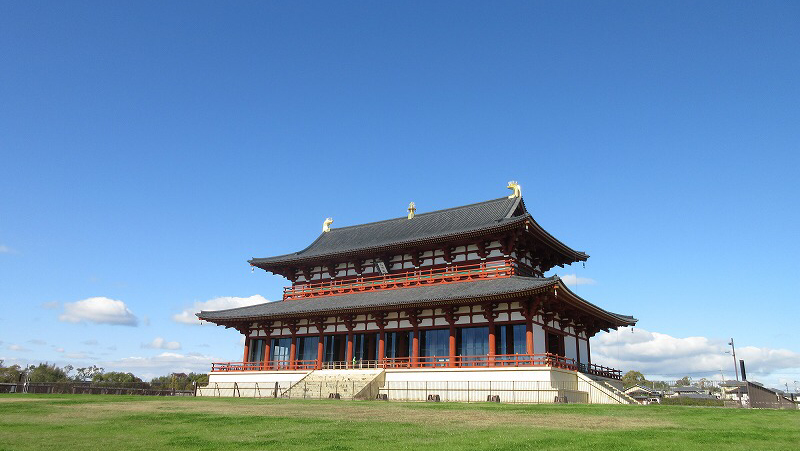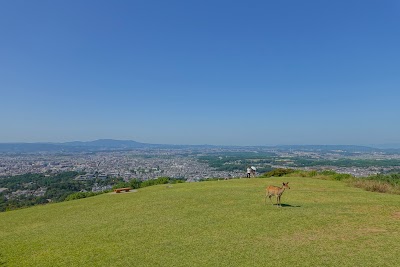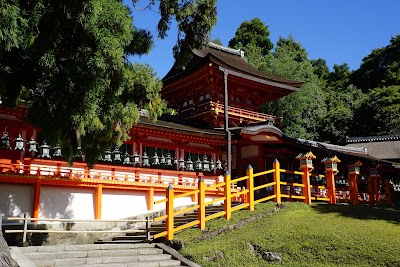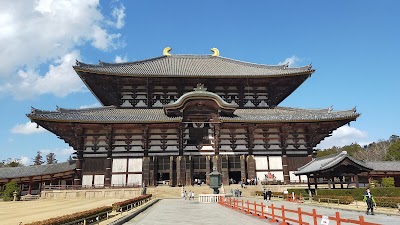Heijo Palace (平城宮)
Overview
Heijō Palace, historically known as Heijō-kyō, is a remarkable palace site nestled in the Nara Prefecture of Japan. Originally constructed in **710 AD**, the palace emerged when Empress Genmei made the pivotal decision to relocate the Japanese capital from Fujiwara-kyō to Nara. This move not only marked the beginning of the **Nara period**, which lasted until **794 AD**, but also set the stage for a flourishing era of cultural and political development in Japan.
The decision to move the capital was heavily influenced by a desire to establish a permanent and authoritative government center, inspired by the grandeur of the Chinese Tang dynasty's capital, **Chang'an**. The construction of Heijō Palace was a monumental endeavor, requiring meticulous planning and a significant workforce. Laborers flattened the terrain using traditional tools, while local materials were utilized to construct the impressive structures. The palace complex was designed in a **grid pattern**, covering an expansive area of approximately **120 hectares**.
At the heart of Heijō Palace lies the **Daigokuden**, the grand central administrative building where significant state affairs and ceremonies took place. This impressive hall was complemented by the **Chōdō-in**, where high-ranking government officials gathered to discuss important matters. The architecture of these buildings, featuring intricate wooden frameworks and elegantly tiled roofs, reflects a harmonious blend of traditional Chinese and Japanese styles.
The palace complex also housed other significant structures, including the **Imperial Residence (Dairi)**, administrative offices, and accommodations for government officials. To provide safety and serenity for the emperor, the palace was fortified with imposing walls and large gates, among which the **Suzaku Gate** on the south side stands out. Inside the palace grounds, visitors could enjoy beautifully landscaped gardens and serene ponds, creating an atmosphere of tranquility and natural beauty.
During its prime, Nara thrived as the political and cultural heart of Japan, home to numerous influential temples such as **Tōdai-ji** and **Kōfuku-ji**. These institutions played a crucial role in the spread of Buddhism and the evolution of Japanese culture. However, in **784 AD**, Emperor Kanmu decided to relocate the capital to **Nagaoka-kyō**, later moving it to **Heian-kyō** (present-day Kyoto) in **794 AD**, marking the end of the Nara period.
After the capital's relocation, Heijō Palace fell into disuse and gradually faded from memory. Over the centuries, its buildings deteriorated and the land transformed into farmland. It wasn't until the late **19th and early 20th centuries** that the site's historical significance was rediscovered through archaeological excavations, uncovering the foundations of the once-majestic structures.
In **1952**, the Heijō Palace site was designated as a **Special Historic Site** by the Japanese government. This led to extensive restoration efforts aimed at preserving and reconstructing vital parts of the palace. Using a combination of modern techniques and traditional craftsmanship, key structures like the **Suzaku Gate** and **Daigokuden** were meticulously restored based on historical evidence gathered from excavations.
Today, the **Heijō Palace Site Historical National Park** stands as a cherished cultural landmark, offering visitors a captivating glimpse into Japan's rich history. The park encompasses numerous hectares, featuring carefully reconstructed buildings, lush gardens, and museums that showcase artifacts discovered on-site. Ongoing preservation efforts ensure that future generations can appreciate the grandeur and historical significance of this ancient capital.
The Heijō Palace Site Historical National Park is not only a testament to Japan's cultural heritage but also a magnet for tourists and scholars from around the globe. Its story of rise, decline, and eventual rebirth underscores the enduring importance of preserving historical landmarks for future appreciation and understanding.









